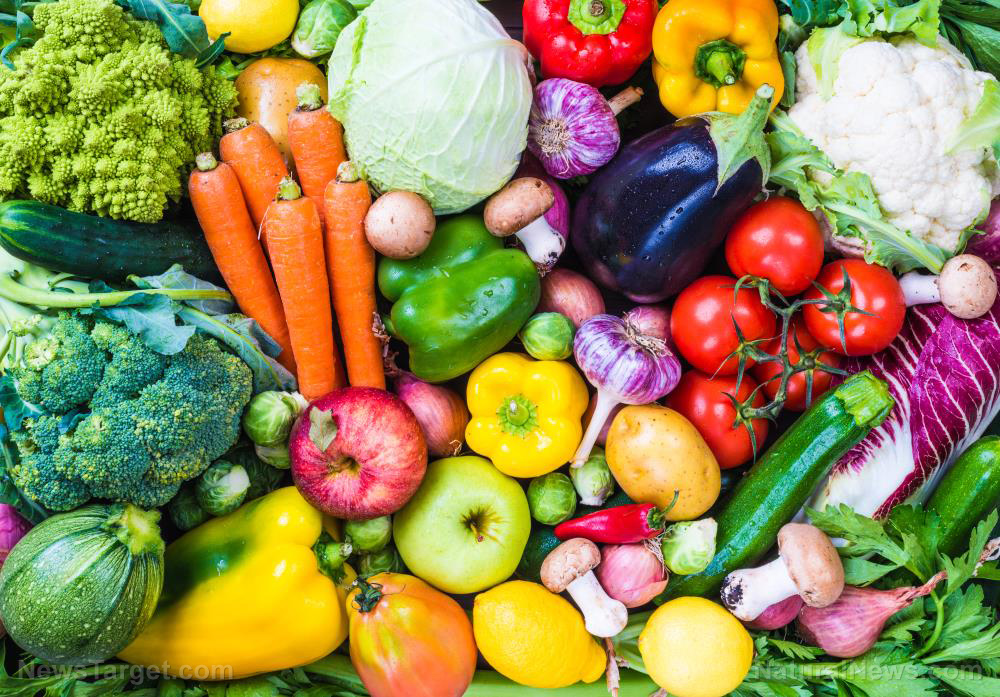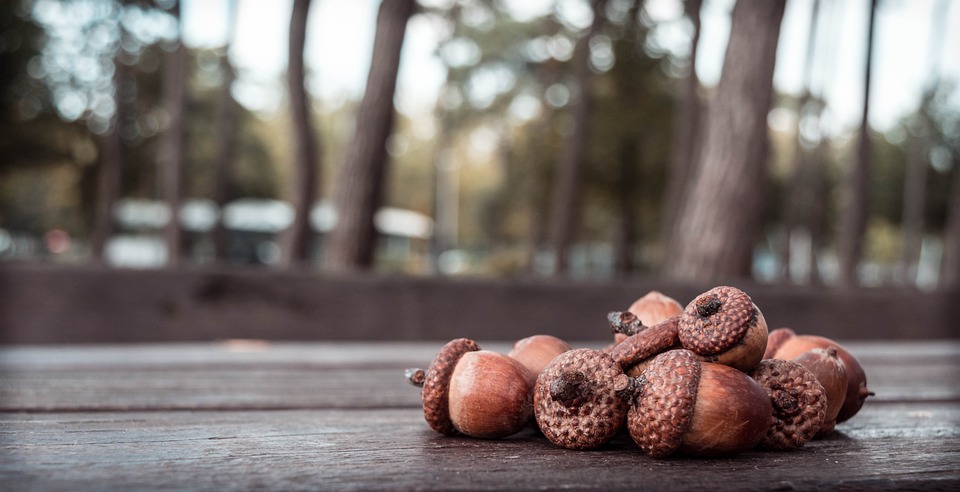Home // Home & Life
10 Hardy vegetables you can stockpile for at least a year, even without refrigeration
By Darnel Fernandez // Oct 14, 2019
TAGS: emergency food, food collapse, Food storage, food supply, fruits, green living, home gardening, Homesteader, homesteading, organics, pantry, preparedness, prepper, prepping, starvation, stockpiling, survival, survivalist, sustainable living, vegetables, Veggies

Preppers always look for new ways to store and stockpile food. The refrigerator, for instance, was a game-changer for keeping perishable food fresh. However, if you're looking for long-term food storage and stockpiling, this appliance leaves much to be desired. Most refrigerators nowadays are large and bulky, taking up a lot of precious space in your storage room. They also cost electricity to maintain, which makes them less efficient and practical in emergencies like a power outage.
Fortunately, some vegetables can be stockpiled even without refrigeration. All you need is a little bit of knowledge and planning. (h/t to BioPrepper.com)
The cream of the crop always rises to the top
Preventing decay is important to keep the roots, leaves, and fruits of most vegetables safe for future consumption. Listed below are 10 vegetables you can stockpile properly without the need for refrigeration for a year:
- Potatoes. Harvest and store potatoes as soon as they are ready to go because they need to cure before you can stockpile them. Most people store them in cardboard boxes or paper bags between 45 and 60 F with very high humidity. This allows the potatoes' skin to thicken, preserving them for future use.
- Carrots. Unlike potatoes, you can leave most of your harvest in the ground while only harvesting what you can eat in a day. However, once winter starts, you need to pull them all out the prevent them from freezing underground. By filling buckets with moist sand before adding the carrots and another layer of sand, you can have fresh carrots ready to be pulled out throughout the year as long as they're placed in the basement or garage.
- Winter squash and pumpkins. These vegetables are used quite often in recipes when other vegetables aren't in season, making them a good contender for stockpiling. Cut the fruit from the vines then wipe off the dirt. Afterward, you can safely store them on shelves in a cool and dark room.
- Salsify. Don't let its looks fool you. Its roots may look like ugly sticks, but they are packed with nutrients and have a very faint oystery flavor when cooked. This winter vegetable is easy to grow and resistant to disease and pests. You can stockpile them like carrots.
- Tomatoes. While ripe tomatoes may not have a very long shelf life out of a fridge, sun-dried tomatoes can be stored in air-tight containers for up to two years if layered with oil. Cut the tomatoes in half then let them sun-dry, turning them every three to seven days until fully dehydrated.
- Cabbages. Cabbages can last a long time if you keep them cool and protect them from bruising. You can even fool them into thinking they're still growing by planting them in a bucket containing a few inches of damp soil. Cover them, then store in the basement.
- Onions. You can keep your onions good for stockpiling by suspending them from the ceiling in a well-ventilated room. Onions easily absorb moisture so balancing temperature and humidity is a must in keeping them fresh.
- Jerusalem artichokes. Also known as a sunchoke, this root vegetable comes from an indigenous North American sunflower. They bruise easily so they should be stored in a cool and well-ventilated place with little moisture.
- Parsley and celery. These can be stockpiled as a valuable source of vitamins B, C, and iron when nutrient-rich vegetables are out of season. While these plants are commonly used in stews and other dishes, they can also be eaten raw. Their leaves and stems are usually used in dishes, but their roots are also edible. You can store the roots the same way as carrots.
- Arrowroot. This tuber is difficult to process and only gives a meager harvest. However, it hosts unique benefits that make it worth adding to your stockpile. Arrowroot can be suitable foods for babies and adults recovering from a digestive disorder. It can also be used to reduce stomach concerns. Arrowroot can be stored in air-tight containers but only for the first two months. However, you can turn them into a powder that lasts almost indefinitely. Arrowroot powder can be used as a substitute for cornstarch.
These vegetables can help you save the space and expenses from having a refrigerator while providing all the necessary nutrients whenever you need them. To learn more about food stockpiling and self-sufficiency, visit FoodStorage.news.
Sources include:
Related Topics
emergency food food collapse Food storage food supply fruits green living home gardening Homesteader homesteading organics pantry preparedness prepper prepping starvation stockpiling survival survivalist sustainable living vegetables VeggiesLatest News
05/23/2023 / By Ethan Huff
05/23/2023 / By Ethan Huff
05/23/2023 / By Kevin Hughes
Related News
05/21/2023 / By Zoey Sky
05/18/2023 / By Zoey Sky
05/10/2023 / By Zoey Sky
05/04/2023 / By Zoey Sky
05/03/2023 / By Zoey Sky
04/27/2023 / By Olivia Cook
04/24/2023 / By Zoey Sky
Take Action:
Support NewsTarget by linking to this article from your website.
Permalink to this article:
Copy
Embed article link:
Copy
Reprinting this article:
Non-commercial use is permitted with credit to NewsTarget.com (including a clickable link).
Please contact us for more information.
Please contact us for more information.





















